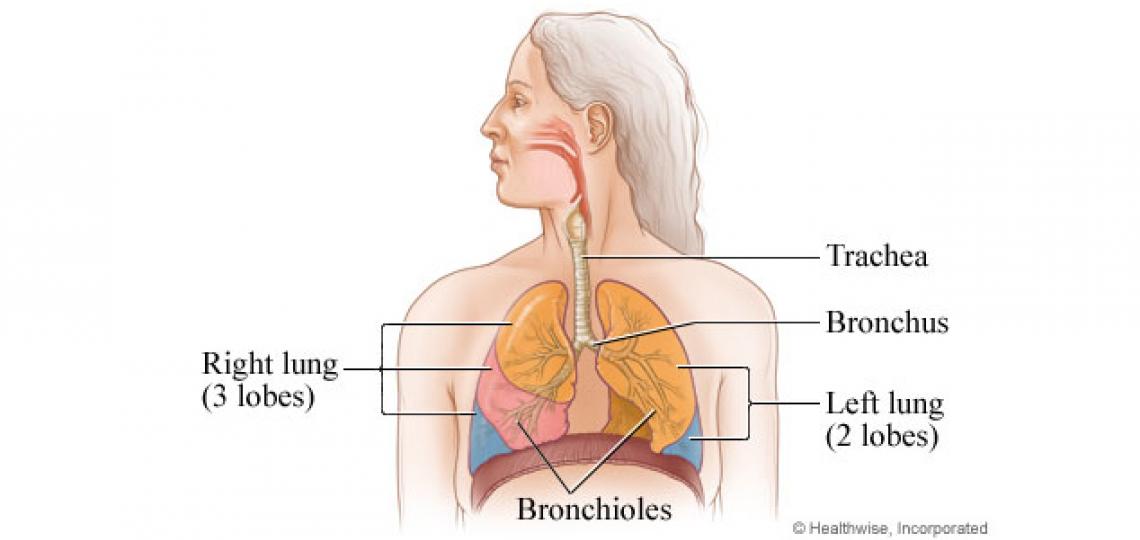Plication of the diaphragm is performed for paralysis or eventration (abnormal elevation/shape) of the diaphragm which can result in breathing difficulties. Diaphragm paralysis is typically due to damage to the phrenic nerve; eventration is most commonly congenital.
Surgical plication to stabilize the diaphragm is needed to prevent the lungs from ballooning outward during expiration (breathing out), the opposite of normal function.
Associated congenital defects
Many candidates for the procedure due to eventration have other congenital disorder such as:
- Undescended testicle
- Abdominal visceral transposition
- Cleft lip and palate
- Hypoplastic arch disorder
- Patent ductus arteriosus
- Ventricular septal defect (VSD)
- Coarctation of the aorta
- Gastric volvulus
- Horseshoe kidney
Surgical repair
The operation can be performed either open or thoracoscopically.
For open plication of the diaphragm, the patient is placed lying on their side. A thoracotomy is performed below the eighth rib. The lung is deflated and retracted upward. Any adhesions found are freed. The weakened area of the diaphragm is then grasped with a clamp and elevated to determine the location of suture line. Layers of sutures, sometimes reinforced with Teflon pads, are sewn in rows at the edge of the diaphragm along the patient's rib cage encircling the inside of their chest wall.
After plication, the height of diaphragm is lowered by one or two ribs, helping the lungs inflate properly and prevent abdominal contents from pushing into the chest.
Chest tubes are placed to drain fluid or air that accumulates.
A thoracoscopic diaphragm plication is similar to the open technique.
Two or three small incisions are made and ports are placed, in addition a small five cm thoracotomy may be made. The diaphragm is depressed into the abdomen, and two rows of sutures are sewn into either side of the edge of diaphragm where it meets the chest wall. The suture is tied in place, creating a crease in the diaphragm, tightening and lowering the diaphragm into the abdomen.
References
Sugarbaker DJ, Bueno R, Krasna MJ, Mentzer SJ, Zellos L (eds). Adult Chest Surgery. New York: The McGraw-Hill Company, 2009.
Wood H. Eventration of the diaphragm. Surg Gynecol Obstet .23:344–8, 1916.
Graham DR, Kaplan D, Evans CC, et al. Diaphragmatic plication for unilateral diaphragmatic paralysis: A 10-year experience. Ann Thorac Surg. 49:248–51; discussion 252, 1990.
Leo F, Venissac N, Morales F, et al. Plication for diaphragmatic eventration: A simple technique, not a simple problem. Chest. 125:1170–1, 2004.








 Credit
Credit
